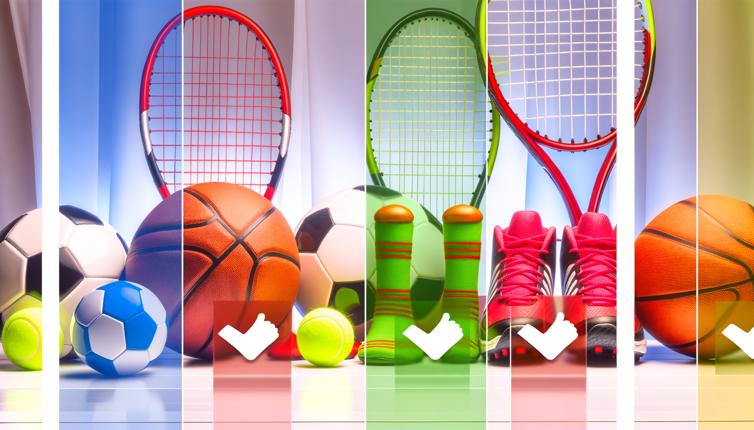1. Understanding the Sport
The first consideration is to understand the nature of the sport in which the gear will be used. Different sports have different levels of contact and potential risks for injuries.,For contact sports such as football or hockey, gear such as helmets, shoulder pads, and mouthguards are typically required to protect the head, neck, and upper body. On the other hand, sports like swimming or track and field may require different types of gear such as goggles or running shoes for performance enhancement.,It is important to thoroughly understand the requirements of the sport and consult with coaches or trainers to determine the necessary protective gear.
2. Proper Fit and Comfort
Protective gear should fit properly and be comfortable to wear. Ill-fitting gear can affect performance and may even pose additional risks.,When choosing protective gear, consider factors such as size, adjustability, and padding. Helmets, for example, should fit snugly and have adjustable straps to ensure a secure and comfortable fit. Padding should be sufficient to provide adequate protection without restricting movement or causing discomfort.,It is recommended to try on different brands and models of gear to find the best fit and comfort for individual needs.
3. Certification and Safety Standards
Ensure that the protective gear meets relevant certification and safety standards. This ensures that the gear has undergone testing and meets specific criteria for protective performance.,Look for certifications from reputable organizations such as the National Operating Committee on Standards for Athletic Equipment (NOCSAE) for helmets or the American Society for Testing and Materials (ASTM) for other types of gear.,Check product labels or manufacturer's websites for information regarding certification and safety standards.
Conclusion
Choosing the right protective gear is crucial in sports to prevent injuries and ensure the safety of athletes. By understanding the sport, ensuring proper fit and comfort, and checking for certification and safety standards, athletes can make informed decisions when selecting their gear.









